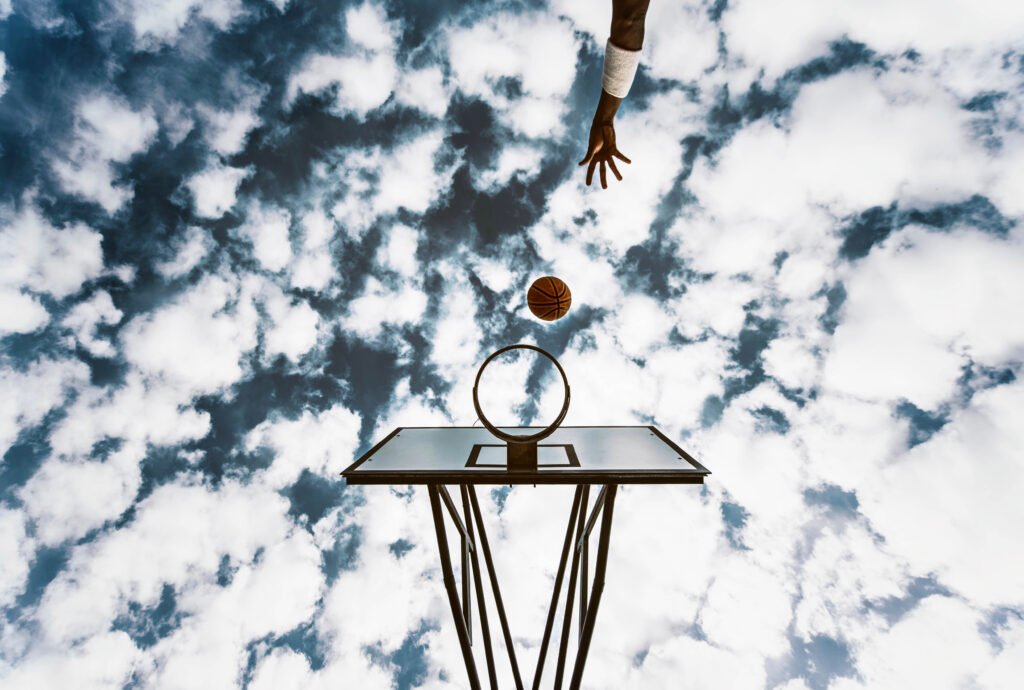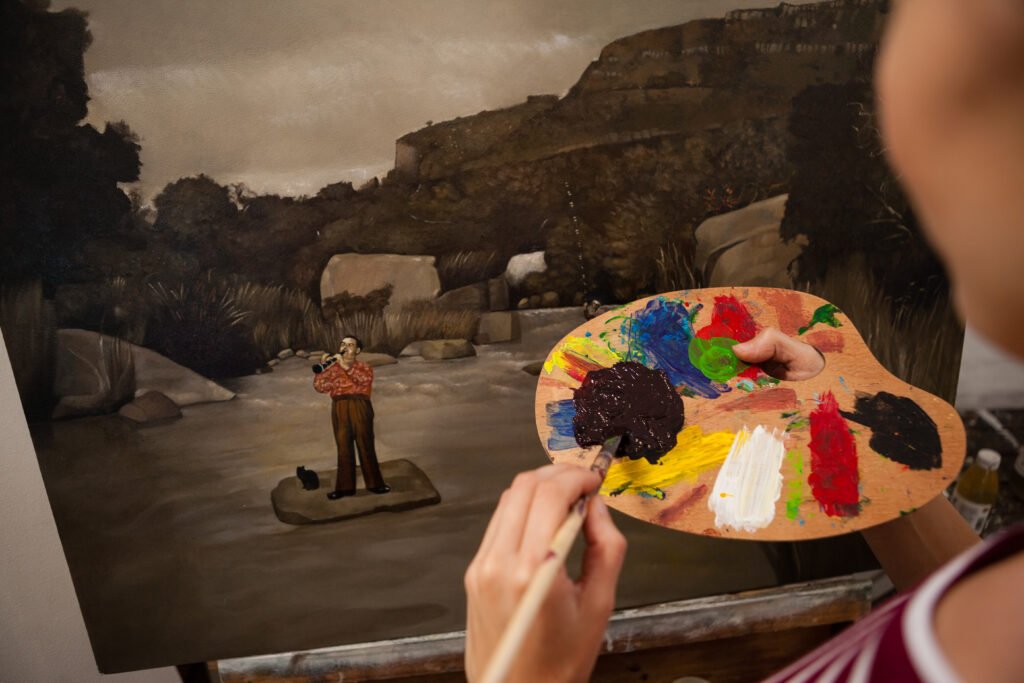Throughout history, Surrealism has represented one of the boldest and most liberating artistic movements of the 20th century. Born from the unconscious, dreams, and psychic automatism, it aimed to transcend rational limits and explore the depths of the human mind. In the 21st century, this dreamlike and subversive spirit returns with power—now fueled by artificial intelligence, digital technologies, and a renewed thirst for transcendence.

Between brushes and pixels, contemporary art reinvents Surrealism. What was once hand-drawn automatism now becomes algorithmically generated hallucinations. Modern artists, deeply connected to the legacy of Salvador Dalí and René Magritte, use new tools to explore themes such as delusion, dissociation, psychology, and lucid dreaming.
Surrealism Then and Now: From Mind to Code
Classical Surrealism emerged in 1924 with André Breton’s Surrealist Manifesto. Influenced by Freudian psychoanalysis, the movement proposed the liberation of imagination and a plunge into the subconscious. According to Breton, Surrealism was “pure psychic automatism, by which one proposes to express… the real functioning of thought” (Breton, 1924).
In the 21st century, that search for liberated thought continues—but mediated by technology. Tools like DALL·E, Midjourney, and Artbreeder generate images that directly echo the surrealist universe, with impossible landscapes, anatomical fusions, and temporal distortions resembling lucid dreams.
Artist Sofia Crespo, for instance, uses neural networks to create hybrid compositions between biology and digital art. Her work recalls the imagery of Max Ernst or Yves Tanguy, yet with textures only conceivable through non-human intelligence.
Prestigious institutions like the MoMA and Centre Pompidou have embraced this new generation of artists engaging with expanded Surrealism. Their exhibitions show how the dream logic has not only survived—but evolved.
21st-Century Surrealism as a Critique of Reality
Surrealist art today is not simply an escape from reality. On the contrary, it critiques excessive rationality, algorithmic control, and the visual standardization imposed by social media. The use of AI to generate strange and disturbing images can be seen as resistance to predictable aesthetics.

Philosopher Jean Baudrillard, in Simulacra and Simulation, argued that we live in a hyperreal era, where signs become more real than reality itself. The new Surrealism, by scrambling references and breaking visual logic, reacts to this symbolic saturation. It deconstructs what seems solid to make room for the unexpected.
This can be seen in artists like Jonathan Zawada and Refik Anadol, who use data, sensors, and machine learning to craft dreamlike digital experiences—where logic is fluid, and time unstable.
21st-century Surrealism embraces chaos as an aesthetic. It accepts randomness, contradiction, and absurdity as ways to reconstruct human perception in a time of crisis. More than a style, it becomes a critical stance.
Imagination as Creative Resistance
In a world saturated with repetitive images and automated discourse, today’s surrealist art revives the power of the unpredictable. It invites us to relearn how to imagine. As Gaston Bachelard wrote in The Poetics of Space, “imagination is above all the power to deform images to create new ones.” Contemporary Surrealism embodies that power by fusing dreams, delirium, and technology.
Across digital platforms, this movement spreads into virtual galleries, NFTs, and metaverses—spaces where the real and the fantastic blur. What was once marginal becomes central: imagination is no longer escapism, but a sensitive and political tool.



